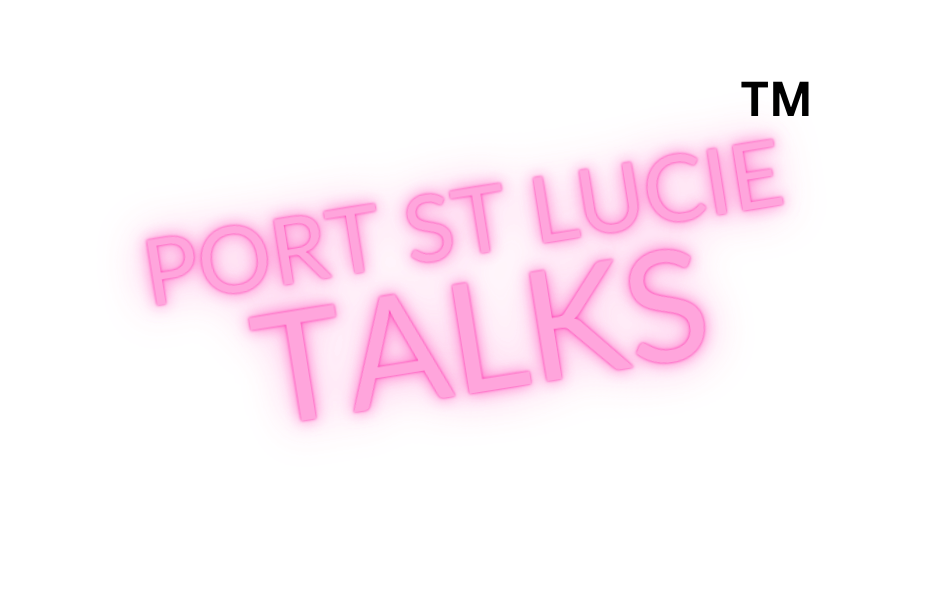You are a professional blog writer creating a unique SEO-optimized blog post
In the ever-evolving digital landscape, content creation remains a crucial element for any effective online marketing strategy. One of the most valuable skills is the art of creating an **SEO-optimized blog post**. Here, we will explore the step-by-step process to ensure your blog articles rank high on search engines while engaging your readers.
Understanding Your Audience and Keywords
The first step to creating a powerful blog post is to understand your target audience and the keywords they’ll use. **Keyword research** is fundamental in shaping your content strategy. Utilize tools such as Google Keyword Planner, SEMrush, or Ahrefs to identify high-volume, low-competition keywords.
- **Know Your Audience:** Understand their interests, preferences, and problems they need to solve.
- **Identify Keywords:** Use various keyword research tools to find relevant phrases and questions.
- **Analyze Competitors:** Look at what your competitors are writing and identify gaps in their content.
Crafting an Engaging Title and Introduction
Your title is the first impression your read will get. It should be captivating and include your primary keyword. For example, “5 Essential Tips for SEO Optimization.”
The introduction should hook your readers immediately, providing a clear indication of what they will gain from reading your post. Mention the keyword naturally in the first 100 words to boost your SEO ranking.
Effective Heading Structures and Subheadings
Organizing your blog post with appropriate headers such as
and is essential for both readers and search engines. Search engines use headers to understand the structure and primary topics of your content. Readers appreciate the organization as it makes your content easier to navigate.Using H2 and H3 Tags
- **H1 Tag:** Your primary title (e.g., “You are a professional blog writer creating a unique SEO-optimized blog post”)
- **H2 Tags:** Major subsections of your article.
- **H3 Tags:** Use for sub-points within your H2 sections.
Creating High-Quality Content
Using H2 and H3 Tags
- **H1 Tag:** Your primary title (e.g., “You are a professional blog writer creating a unique SEO-optimized blog post”)
- **H2 Tags:** Major subsections of your article.
- **H3 Tags:** Use for sub-points within your H2 sections.
Creating High-Quality Content
Quality content forms the backbone of **any successful blog post**. Aim for informative, original, and engaging material that offers real value to your readers. Avoid thin content that merely scratches the surface of a topic.
- **Informative:** Provide in-depth information on your topic.
- **Original:** Ensure your content is unique and not copied from other sources.
- **Engaging:** Use stories, examples, and a conversational tone to connect with your audience.
Integrating SEO Best Practices
Alongside high-quality content, integrating best SEO practices is imperative. Here are some essential SEO techniques to consider:
On-Page SEO
- **Include Keywords Naturally:** Place your primary keyword in the title, headers, and throughout the content, but avoid keyword stuffing.
- **Internal and External Links:** Link to other valuable resources within your site and authoritative external sites.
- **Meta Descriptions:** Craft a compelling meta description with the primary keyword to improve click-through rates.
- **Alt Text for Images:** All images should have descriptive alt text with relevant keywords.
Technical SEO
- **Mobile-Friendly Design:** Ensure your blog is responsive and easily readable on mobile devices.
- **Fast Loading Speed:** Optimize images and leverage browser caching to enhance website loading times.
- **Secure Site:** Use HTTPS to secure your website and improve user trust.
Monitoring Performance and Updating Content
After publishing your blog post, track its performance using tools like Google Analytics or Search Console. Monitor metrics such as:
- **Organic Traffic:** Number of visitors coming from search engines.
- **Bounce Rate:** Percentage of visitors leaving after viewing a single page.
- **Average Session Duration:** Time users spend on your site.
Updating old content with new information, keywords, and improved readability can rejuvenate its performance and maintain its search engine ranking.
Conclusion
Creating an **SEO-optimized blog post** requires a blend of keyword research, quality content writing, and adherence to SEO best practices. By understanding your audience, structuring your content effectively, and continuously monitoring performance, you can craft blog articles that not only rank high on search engines but also engage and delight your readers.
Now that you’re equipped with these strategies, it’s time to transform yourself into a professional blog writer and create your unique, SEO-friendly blog posts. Happy writing!





























